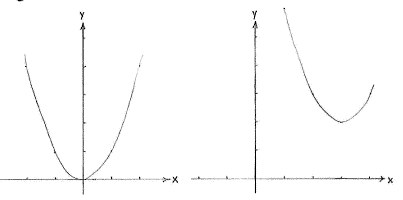Lösung 2.3:8c
Aus Online Mathematik Brückenkurs 1
(Unterschied zwischen Versionen)
K (Lösning 2.3:8c moved to Solution 2.3:8c: Robot: moved page) |
|||
| Zeile 1: | Zeile 1: | ||
| - | {{ | + | By completing the square, we can rewrite the function as |
| - | < | + | |
| - | { | + | |
| + | <math>f\left( x \right)=x^{2}-6x+11=\left( x-3 \right)^{2}-3^{2}+11=\left( x-3 \right)^{2}+2,</math> | ||
| + | |||
| + | and when the function is written in this way, we can see that the graph | ||
| + | <math>y=\left( x-3 \right)^{2}+2</math> | ||
| + | is the same curve as the parabola | ||
| + | <math>y=x^{2}</math>, but shifted two units up and three units to the right (see sub-exercise d and e). | ||
| + | |||
| + | |||
[[Image:2_3_8_c.gif|center]] | [[Image:2_3_8_c.gif|center]] | ||
Version vom 11:36, 21. Sep. 2008
By completing the square, we can rewrite the function as
\displaystyle f\left( x \right)=x^{2}-6x+11=\left( x-3 \right)^{2}-3^{2}+11=\left( x-3 \right)^{2}+2,
and when the function is written in this way, we can see that the graph \displaystyle y=\left( x-3 \right)^{2}+2 is the same curve as the parabola \displaystyle y=x^{2}, but shifted two units up and three units to the right (see sub-exercise d and e).

